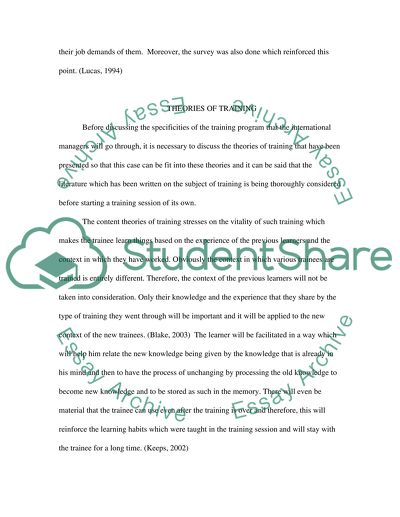Cite this document
(“Human Resource Learning and Development Essay Example | Topics and Well Written Essays - 2250 words”, n.d.)
Retrieved from https://studentshare.org/miscellaneous/1525029-human-resource-learning-and-development
Retrieved from https://studentshare.org/miscellaneous/1525029-human-resource-learning-and-development
(Human Resource Learning and Development Essay Example | Topics and Well Written Essays - 2250 Words)
https://studentshare.org/miscellaneous/1525029-human-resource-learning-and-development.
https://studentshare.org/miscellaneous/1525029-human-resource-learning-and-development.
“Human Resource Learning and Development Essay Example | Topics and Well Written Essays - 2250 Words”, n.d. https://studentshare.org/miscellaneous/1525029-human-resource-learning-and-development.


